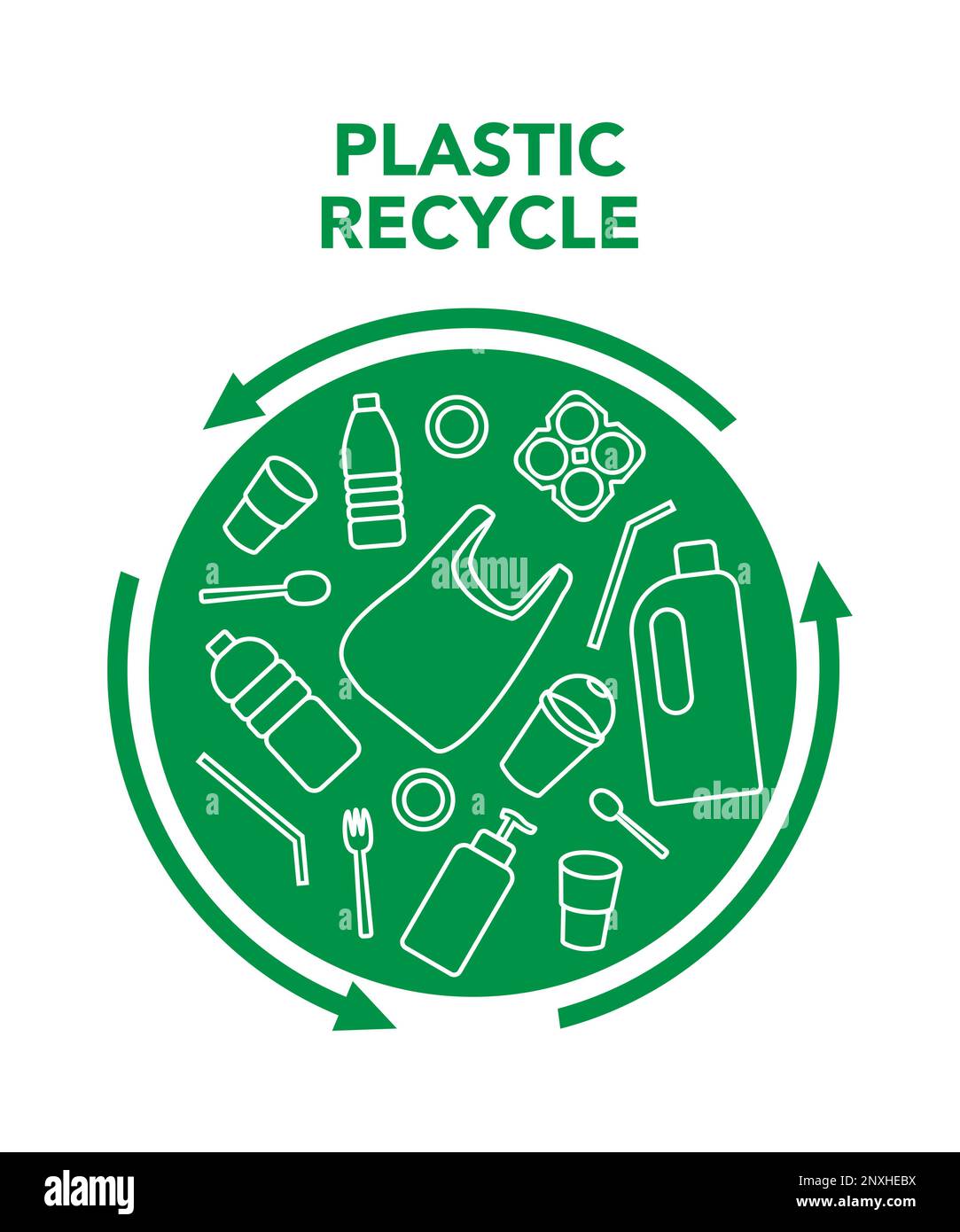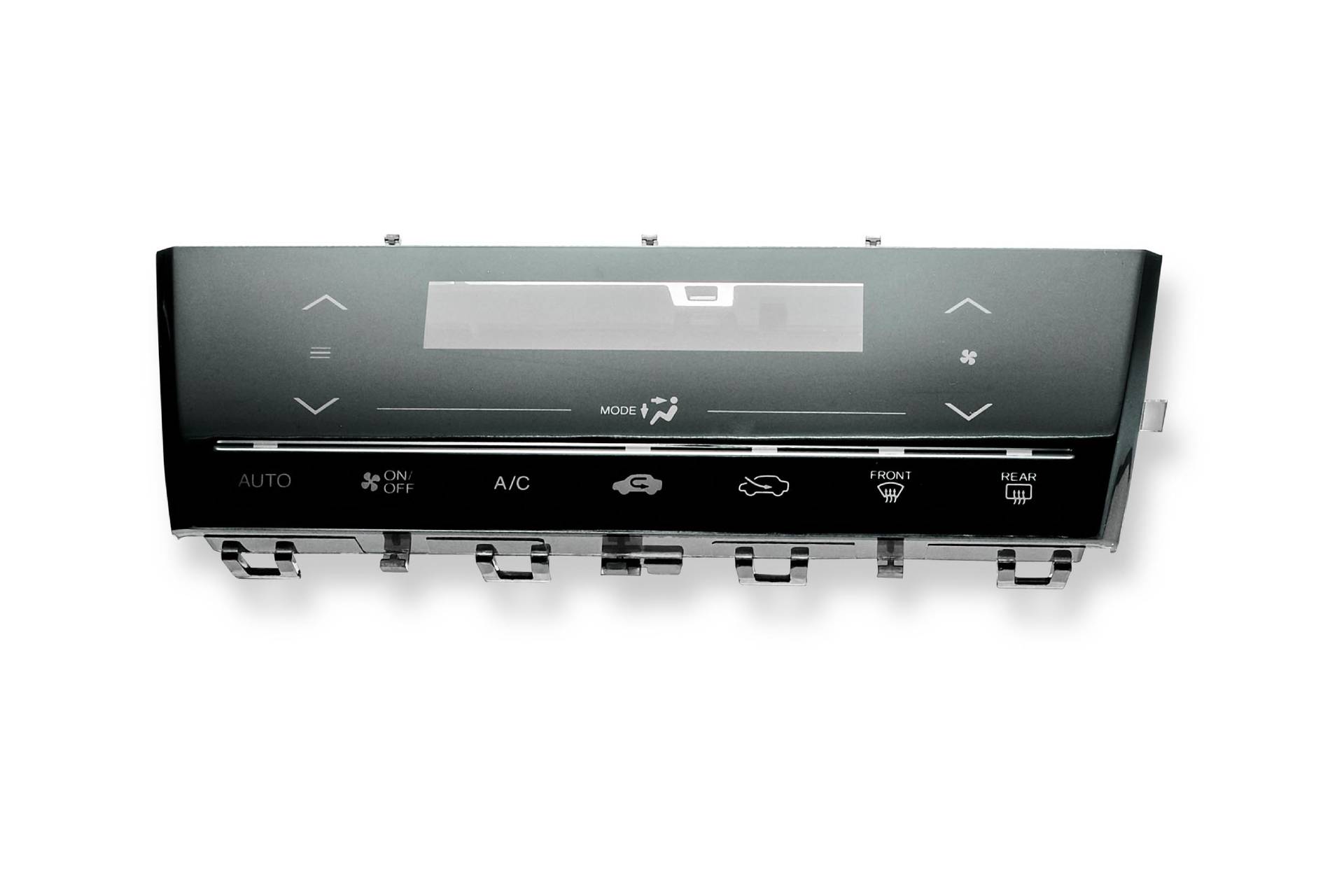The Importance of Plastic Emblems in Enhancing Product Acknowledgment and Appeal
Plastic symbols function as crucial elements in enhancing and establishing brand identity. custom plastic emblems. Their special designs and shades help items stand apart in a congested market. This distinctiveness not just captures consumer focus yet likewise promotes emotional connections. As brand names increasingly acknowledge the value of aesthetic pens, the duty of plastic emblems progresses. Understanding their effect on customer habits raises important concerns concerning future branding approaches. What developments exist in advance in this field?
The Role of Plastic Emblems in Brand Identification
Commonly neglected, plastic emblems play a vital duty in developing brand name identity. They function as a graph of a firm, enveloping its values and mission within a compact symbol. These symbols are not simply ornamental; they convey messages concerning top quality and dependability. By incorporating distinctive shades, forms, and layouts, plastic symbols assist separate products in a congested industry, making it simpler for consumers to identify and bear in mind a brand.

Enhancing Visual Charm With Customized Layouts
Personalized makes substantially boost the aesthetic appeal of plastic emblems, permitting brands to produce special identities that reverberate with customers. By including distinct shapes, appearances, and functions, brand names can separate themselves in open markets. Customization promotes a feeling of creativity, transforming average symbols right into remarkable icons that reflect a brand name's values and objective.
Additionally, customized designs can evoke psychological connections, making products extra relatable - custom plastic emblems. When brands invest in custom layouts, they indicate a dedication to high quality and advancement, which can greatly affect customer perceptions. One-of-a-kind emblems can also draw in focus and motivate involvement, driving inquisitiveness and exploration of the item
Additionally, customized layouts help with convenience, allowing symbols and logos to be adjusted across numerous products and advertising and marketing materials effortlessly. Because of this, brands can preserve a cohesive aesthetic identification while improving their overall market existence. This tactical technique to design inevitably contributes to stronger product recognition and charm.
The Influence of Shade Psychology on Customer Perception
Color plays an essential duty in brand name identity and customer understanding, affecting exactly how items are recognized and born in mind. Various colors stimulate certain emotional feedbacks, forming customers' mindsets and acquiring decisions. In addition, cultural analyses of shade can vary substantially, affecting brand name function throughout varied markets.

Color Organization With Brands
The vibrant tones that decorate item packaging and branding play an important role fit consumer assumptions and decisions. Shades evoke certain organizations and can greatly influence how a brand is viewed. Blue typically conveys trust and dependability, making it a popular option for monetary organizations. Red can stimulate excitement and urgency, often utilized in promotions or food items. Environment-friendly signifies health and wellness and sustainability, appealing to environmentally aware consumers. These color associations can enhance item acknowledgment, as customers may subconsciously link specific shades to certain top qualities or feelings. By successfully integrating shade into branding approaches, firms can foster more powerful connections with their target audiences, inevitably driving customer loyalty and boosting general allure.
Psychological Reaction to Colors
Selecting specific shades in branding not only affects consumer acknowledgment however also stimulates emotional feedbacks that can substantially impact buying behavior. Color psychology suggests that various tones can trigger varied feelings and associations amongst customers. Blue usually shares depend on and dependability, making it a popular selection for financial organizations. In comparison, red has a tendency to evoke exhilaration and necessity, regularly used in inventory-clearance sale. Yellow can signify optimism and warmth, attracting attention effectively. Brands tactically employ these shades to form assumptions and produce connections with their audience. By straightening color choices with preferred emotional feedbacks, business can enhance their item appeal, foster loyalty, and eventually drive sales. The value of color in branding prolongs beyond looks, playing a crucial function in customer involvement.
Cultural Shade Analyses
Exactly how do cultural contexts affect the understanding of shades in branding? Colors carry unique definitions across various cultures, substantially affecting consumer assumption and brand charm. While white symbolizes purity and peace in Western contexts, it may stand for grieving in some Eastern cultures. Similarly, red can stimulate enthusiasm and enjoyment in one area, while in another, it may indicate risk or care. Brands that understand these social nuances can customize their shade choices to reverberate with target market, improving recognition and psychological connection. Efficient use color in branding not just captures focus yet additionally shares messages lined up with social worths, ultimately influencing acquiring decisions and promoting brand commitment throughout diverse markets.
Longevity and Flexibility: The Advantages of Plastic Emblems
Numerous benefits make plastic symbols an appealing option for product acknowledgment throughout numerous sectors. One of their primary advantages is resilience. Plastic symbols stand up to numerous ecological aspects, such as moisture, UV rays, and temperature variations, making sure that they preserve their appearance gradually. This strength allows brand names to present their styles and logo designs with confidence, understanding that they will endure wear and tear.
Along with toughness, plastic emblems offer adaptability in design and application. They can be formed into numerous forms, dimensions, and colors, making it possible for brand names to produce distinct visuals that stick out. This adaptability makes plastic symbols ideal for diverse items, from durable goods to commercial applications. Furthermore, they can be quickly connected using numerous techniques, such as glue support or mechanical bolts, supplying adaptability in setup. On the whole, the mix of toughness and convenience placements plastic emblems as a practical and effective device for improving product acknowledgment and allure.
Situation Studies: Successful Brand Names Using Plastic Emblems
Lots of effective brand names have utilized the advantages of plastic symbols to boost their product recognition and market existence. As an example, automobile companies frequently utilize plastic emblems to showcase their logo designs browse around here plainly on lorries. This not just connects brand identification however likewise strengthens brand name reputation. In the tech sector, major brand names include plastic emblems on their gadgets, ensuring that their logos are instantaneously identifiable, also from a range.
Additionally, style brands commonly utilize plastic emblems on garments and accessories, functioning as a badge of credibility that attracts customers. Business like Nike and Adidas have actually properly utilized plastic symbols to develop a cohesive brand name image, contributing to their worldwide recognition. These study highlight just how plastic symbols can substantially impact brand name visibility, making products a lot more enticing and recognizable in jampacked markets. The strategic use of plastic emblems plays a crucial function in shaping consumer assumptions and choices.
How Plastic Emblems Foster Brand Loyalty
Brand loyalty often comes from a feeling of connection and trust fund that customers establish with a brand, and plastic symbols play a critical function in fostering this relationship. These emblems work as concrete representations of a brand's identification, communicating its promises and worths. When consumers see familiar plastic emblems on items, they are reminded of previous favorable experiences, strengthening their emotional attachment.
The durability and presence of plastic symbols assure regular branding throughout numerous products, creating a natural brand name photo that consumers can easily recognize. This acknowledgment not just develops depend on however also urges repeat acquisitions, as customers feel great of the my review here top quality linked with the emblem. Additionally, plastic symbols can evoke nostalgia or aspirational feelings, further strengthening commitment. Essentially, by installing their identity into day-to-day items, brand names make use of plastic symbols to cultivate long lasting relationships with customers, eventually enhancing their commitment and advocacy.
Future Trends in Plastic Emblem Layout and Usage
As consumer preferences develop, the design and use of plastic symbols are poised for substantial improvement. Progressively, brands are concentrating on sustainability, causing the fostering of environmentally friendly materials in emblem manufacturing. custom plastic emblems. Recycled plastics and biodegradable options are expected to obtain traction, showing a dedication to ecological obligation
Innovations in technology are allowing a lot more detailed designs, allowing for customization and customization that provide to individual customer tastes. The assimilation of wise modern technology might additionally see plastic symbols embedded with QR codes or NFC chips, enhancing interactivity and details access.
Additionally, minimal designs are trending, emphasizing clean lines and simplicity to appeal to modern appearances. Brand names are additionally most likely to utilize boosted fact, enabling consumers to connect with symbols in cutting-edge means. On the whole, the future of plastic symbols promises to blend performance with sophisticated style, enhancing product acknowledgment and consumer engagement.
Often Asked Concerns
What Materials Are Typically Utilized for Making Plastic Symbols?
Typical materials for making plastic symbols include polyvinyl chloride (PVC), acrylonitrile butadiene styrene (ABDOMINAL MUSCLE), and polyethylene terephthalate (FAMILY PET) These products use sturdiness, adaptability, and resistance to environmental variables, making them ideal for numerous applications.
Just How Can Organizations Select the Right Emblem Layout?
Services can select the best emblem layout by examining target audience choices, thinking about brand name identification, reviewing rivals, and making certain clearness and convenience. An attentively created emblem can effectively communicate the desired message and improve total branding.
Are Plastic Symbols Eco-friendly?
The concern of plastic emblems' ecological kindness depends upon their material make-up and disposal techniques. While some plastics can be reused, others contribute to air pollution, demanding mindful consideration by services intending for sustainability in their branding initiatives.
What Are the Costs Connected With Personalized Plastic Emblems?
The prices connected additional resources with custom plastic emblems vary considerably based on style intricacy, worldly top quality, manufacturing volume, and ending up options. Budgeting must represent these factors to guarantee a thorough understanding of overall costs included.
Can Plastic Emblems Be Reused or Repurposed?
Plastic symbols can often be recycled or repurposed, relying on their problem and layout. Cautious consideration of sticky quality and compatibility with brand-new applications is necessary to assure efficient accessory and aesthetic charm.

Personalized develops significantly boost the aesthetic allure of plastic emblems, enabling brand names to create special identifications that reverberate with consumers. Several successful brands have actually used the benefits of plastic symbols to enhance their product recognition and market presence. Additionally, fashion brands typically use plastic emblems on garments and accessories, offering as a badge of credibility that brings in customers. Brand name commitment usually stems from a sense of connection and trust that customers create with a brand, and plastic symbols play a vital duty in promoting this partnership. The resilience and presence of plastic emblems guarantee consistent branding across different products, producing a cohesive brand name image that customers can quickly acknowledge.